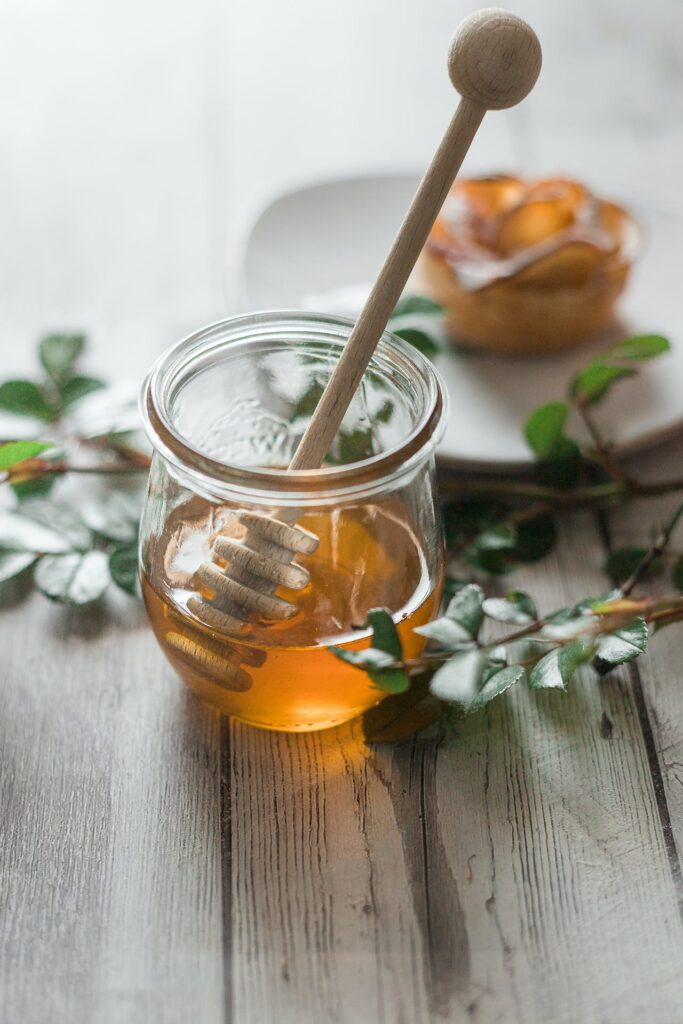In the world of honey, there exists a rare and exotic variety that has captured the imaginations of adventurers and culinary connoisseurs alike. Known as “Mad Honey,” this particular type of honey is not your average kitchen staple.
Its allure lies in its distinct origins, its intoxicating properties, and its complex flavors. This article delves into the intriguing world of Mad Honey, exploring its sourcing, history, uses, and potential risks.
Origins and Sourcing
Mad Honey, scientifically referred to as “grayanotoxin honey,” is produced by bees from the nectar of specific rhododendron and azalea species. These plants contain grayanotoxins, compounds that can be toxic in high concentrations.
When bees collect nectar from these flowers, trace amounts of grayanotoxins can find their way into the honey. As a result, consuming Mad Honey can have some unusual and dangerous effects, earning it its distinctive name.
Sourcing Mad Honey can be a challenging endeavor. The honey is primarily found in regions where these toxic plants grow abundantly, such as parts of Nepal, Turkey, and the Black Sea region. Harvesting Mad Honey requires knowledge of the local flora and the expertise to locate beehives in these areas.
Beekeepers who produce Mad Honey need to be well-versed in the collection process to ensure the honey remains safe for consumption. Additionally, there are commercial varieties of Mad Honey that are perfectly safe for consumers. Raremadhoney, for example, is sourced from original Mad Honey from Nepal but undergoes thorough processes to ensure that it’s clean and safe to consume.
The Culinary Experience
Mad Honey has recently gained popularity among culinary enthusiasts looking to experiment with unique flavors. The honey has a distinct spicy, woody, and slightly bitter taste that sets it apart from the more common varieties. Its complex flavor profile can add depth to a range of dishes, both savory and sweet.
Chefs and home cooks have found inventive ways to incorporate Mad Honey into their recipes. It can be used as a glaze for meats, a drizzle for desserts, or a unique ingredient in cocktails and marinades. The honey’s potency means that only a small amount is required to infuse dishes with its distinctive flavor.
Potential Risks and Caution
Consuming Mad Honey comes with inherent risks due to its grayanotoxin content. The symptoms of Mad Honey poisoning can vary widely, from mild to severe. Common effects include nausea, dizziness, vomiting, and increased heart rate. In more extreme cases, it can lead to hallucinations, loss of consciousness, and even life-threatening heart complications.
It is crucial to approach Mad Honey with caution and moderation. If you decide to try it, start with a small amount and be aware of your body’s response. It is not recommended for pregnant women, individuals with heart conditions, or those with a history of allergies. In regions where Mad Honey is traditionally consumed, locals are often more accustomed to its effects, but even they exercise caution.
The Future of Mad Honey
The future of Mad Honey remains a topic of debate. As it gains popularity in the culinary world, it is important to strike a balance between appreciating its unique flavors and respecting its potential risks. The sourcing and sale of Mad Honey should be regulated to ensure its safe consumption and prevent overharvesting of these delicate ecosystems.
Conclusion
Mad Honey is a unique and captivating variety of honey that offers a complex culinary and cultural experience. Sourcing and savoring this distinctive honey should be approached with knowledge and care.
Whether you are a daring food enthusiast or a curious traveler, Mad Honey presents an opportunity to explore the world of honey in its most unusual and intriguing form. Just remember, when it comes to Mad Honey, a little goes a long way, and caution should always be your trusted companion on this flavorful journey.

